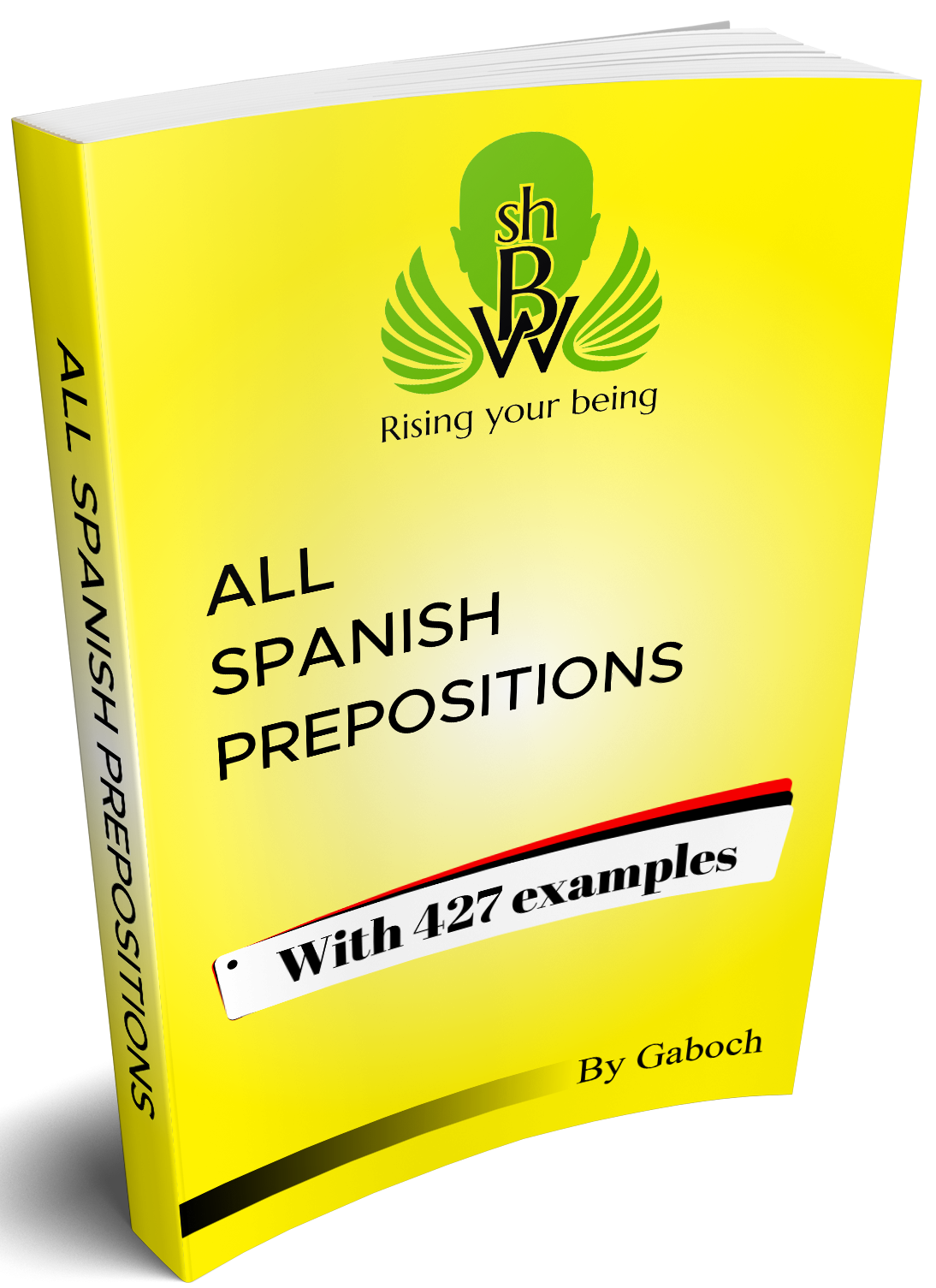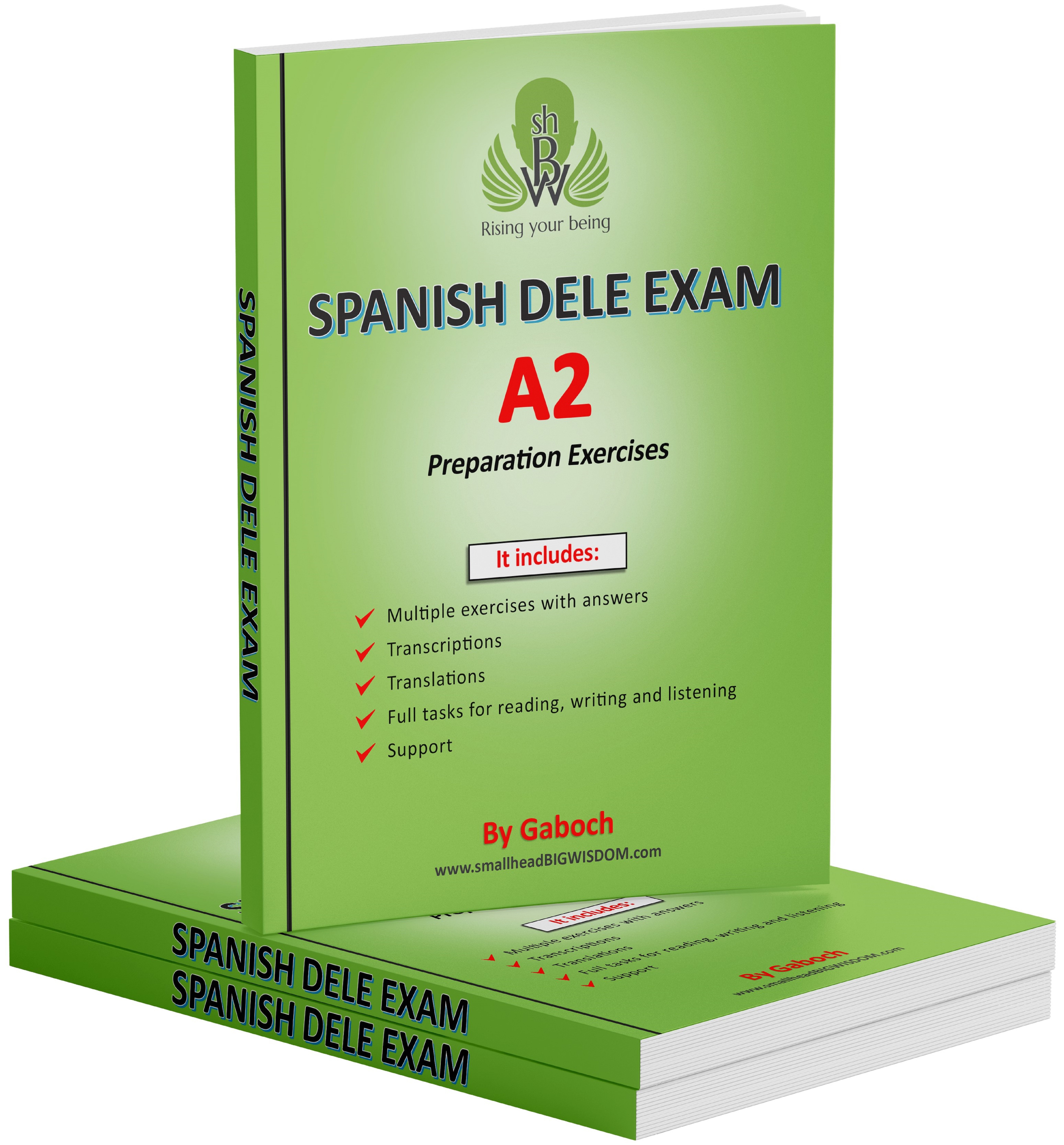1100-English-Spanish-Cognates
smallhead BIGWISDOM
Rising your being
1100 English-Spanish Cognates
This book is intended to explain the usage of 1100 cognates existing between English and Spanish to students of Spanish as a second language or to Spanish native speakers who want to acquire, refresh or improve their knowledge on this topic.
Through my experience, I was able to identify a practical and an efficient way to learn vocabulary in both languages by using these words which are homonyms, homophones or have some similarity.
For each of the 1100 words, its definition, and examples are included in the two languages. That means, there will be 1100 examples in Spanish with their 1100 counterparts in English to clearly learn how to properly use them in a variety of contexts in several fields.
In addition, and as a bonus, there will be the option to get access to the audio pronunciations of each of the 1100 words from our website. This is a magnificent opportunity to master these terms, their meanings as well as their practical and varied examples.
With that being said, let’s get started!
Gaboch.
Table of content
About the Author
Introduction
Definition of Cognate
Cognates, definitions and practical examples
Chapter 1
- Group1: 1-100 English-Spanish Cognates
1.1 Definitions
1.2 Examples
Chapter 2
- Group2: 101-200 English-Spanish Cognates
2.1 Definitions
2.2 Examples
Chapter 3
- Group3: 201-300 English-Spanish Cognates
3.1 Definitions
3.2 Examples
Chapter 4
- Group4: 301-400 English-Spanish Cognates
4.1 Definitions
4.2 Examples
Chapter 5
- Group5: 401-500 English-Spanish Cognates
5.1 Definitions
5.2 Examples
Chapter 6
- Group6: 501-600 English-Spanish Cognates
6.1 Definitions
6.2 Examples
Chapter 7
- Group7: 601-700 English-Spanish Cognates
7.1 Definitions
7.2 Examples
Chapter 8
- Group8: 701-800 English-Spanish Cognates
8.1 Definitions
8.2 Examples
Chapter 9
- Group9: 801-900 English-Spanish Cognates
9.1 Definitions
9.2 Examples
Chapter 10
- Group10: 901-1000 English-Spanish Cognates
10.1 Definitions
10.2 Examples
Chapter 11
- Group11: 1001-1100 English-Spanish Cognates
11.1 Definitions
11.2 Examples
How to get access to the audio pronunciations
Acknowledgements
















